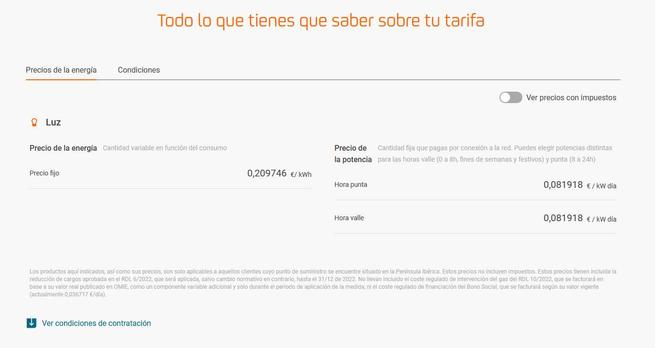
Main features
These new NAS servers are aimed at small and medium-sized companies where we are not going to perform intensive operating system virtualization tasks, although we can perform light virtualization through Docker thanks to Container Station. Next, we explain all the technical specifications of these new NAS servers.
Processor and RAM
The processor built into these new NAS servers is the Intel Celeron N5105/N5095 with a 64-bit x86 architecture. These new Intel processors have quad cores at a speed of 2.0GHz, but you can increase the speed of one of its cores up to 2.9GHz to speed up certain tasks. In addition, in Turbo mode we can have up to 2.6GHz of speed for all cores. These processors incorporate a floating point unit, AES-NI hardware encryption acceleration and hardware accelerated transcoding.
The functionality of AES-NI is very important, it aims to provide the best possible performance when we have the data volume encrypted, the shared folder encrypted and even when we use protocols with SSL/TLS and use AES. For example, if we transfer data using the popular FTPES protocol we are going to achieve similar performance to the FTP protocol that goes unencrypted, the same thing happens if we use the SFTP protocol based on SSH, we are going to achieve great reading and writing performance. Hardware-accelerated transcoding is thanks to the incorporation of the Intel UHD Graphics that we have in the processor, this will allow us to perform transcoding with Plex or other programs in a really efficient way, without having to put the processor at 100% when we are going from one movie in 4K resolution to Full HD.
Regarding RAM memory, we have the possibility of installing two 8GB DDR4 SO-DIMM modules, therefore, we will have a maximum RAM capacity of 16GB. Of course, we have the typical FLASH memory of 4GB in size that allows us to have dual-boot operating system protection.
drive bays
In this family of NAS servers we have three models with two different bay capacities for hard drives. We have the QNAP TS-464U and TS-464U-RP with 4 SATA3 HDD bays, supporting 3.5” HDDs, 2.5” HDDs, and 2.5” SSDs as well. The QNAP TS-1264U-RP model has a total of 12 drive bays with SATA3 interface.
In this case we do not have specifically dedicated bays for SSD drives, nor do we have M.2 slots to install SSD drives and use them as SSD cache, however, this feature can be installed through a PCIe adapter, so there would be no trouble.
connectivity
These new NAS servers from the manufacturer QNAP have the following connectivity:
- 2 2.5G Multigigabit ports, supports speeds of 1Gbps, 100Mbps and also 10Mbps. Of course, these two ports support 9K Jumbo Frames for the best possible network performance.
- 2 USB 2.0 ports
- 2 USB 3.2 Gen 2 ports at 10Gbps, these ports are type A and will allow us to make really fast backups thanks to this connectivity.
- HDMI 1.4b output with a resolution of 4K at 60Hz.
Last but not least, these new NAS have a PCIe 3.0 x2 slot to install expansion cards, for example, we could install a QM2 card with M.2 to use them as SSD cache acceleration, ideal to speed up reading speed and writing of the NAS server.
Other features
The TS-464U NAS server has a 1U rackmount format, the same goes for the TS-464U-RP model, but the latter has a double power supply for redundancy. The TES-1264U-RP model has a 2U rackmount form factor and also has dual power supplies for redundancy. The dimensions and weight of the different servers are as follows:
- TS-464U: 43.3 × 482.6 × 483.9 mm (height, width, depth) with a weight of 6.6 kg without discs.
- TS-464U-RP: 43.3 × 482.6 × 508.7 mm (height, width, depth) with a weight of 8.12 kg without discs.
- TS-1264U-RP: 88.7 × 482.2 × 423.8 mm (height, width, depth) with a weight of 9.50Kg without discs.
The TS-464U models have a 250W power supply (2 power supplies of 250W in the case of the model with redundant power supply). The TS-1264-RP model has two power supplies of 300W each.
As you have seen, these new NAS are quite interesting for small and medium-sized businesses, although we miss that they have not incorporated 10G connectivity or more PCIe 3.0 ports available to expand the possibilities of the NAS.





